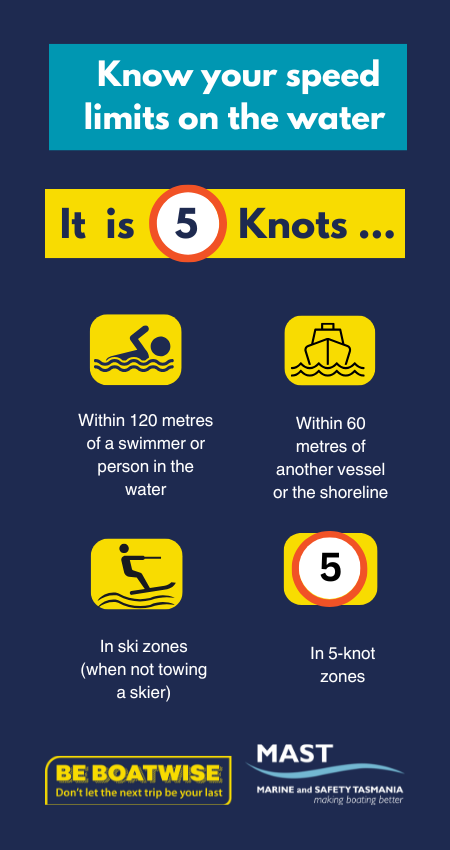Tassie Bound for loads of fun
It’s been a good season for Tassie Bound Adventure Tours, the Derwent Valley’s top tourist attraction, along with the multiple platypus that play a central role in its visitor appeal.
Co-owner Liam Weaver says the peak visitor season, the seven months of October until April, usually brings in between 800 and 1,000 people.
“Those kind of numbers work for us, and after a slow start, it’s been pretty steady flow into the four different tours we manage,” he says.
“Back in October, there was still a lot of water coming down the Derwent as a result of the flooding from the month before. And even after the rain stopped, Hydro Tasmania was flushing 15,000 megalitres a day out of its major storage of Meadowbank Dam.
“That’s too much volume for lightweight kayaks and inexperienced paddlers to handle,” explains Liam.
“We had to wait for the waters to subside, which meant a month’s delay before tours could get out onto the water, when the daily volume dropped to about 3,000 megalitres.”
Another hazard is debris, much of it abandoned lines and gear left by fishermen. “The early part of our day is often spent checking the river edges for rubbish, and part of the job has become keeping the river clear,” he says.
Among the most popular tours begins at the rapids at Rayners Corner at Bushy Park, which comes ashore at Hayes, above New Norfolk. A second, even more popular, is a 3-hour platypus tour after 5:00 pm on summer nights.
In recent months, natural attractions have also included a single sea lion who’s made his home in the Derwent’s waters. “We don’t know much about him, other than he’s by himself – or herself – and is clearly adapted to fresh waters.”
Tassie Bound’s success is confirmed by Trip Advisor where tours are rated the most popular in the Derwent Valley. With an occasional challenge from Salmon Ponds, the on-water tours have retained the number one slot for the best part of a decade.
And the platypus turn on a good show for visitors, sometimes four of so at a time. Generally, platypuses are difficult to spot because they’re active at night and live much of their lives underwater or hidden riverside burrows.
While the curious tourists are kept at some distance, the inquisitive nature of these local creatures on the other end of the camera lens tends to make it difficult to maintain that space.
On a recent tour, Liam notes, father and daughter guests got an unexpected, up close and personal experience from a large male platypus.
“Just that one experience made their entire Tasmanian holiday,” he says.



Add new comment